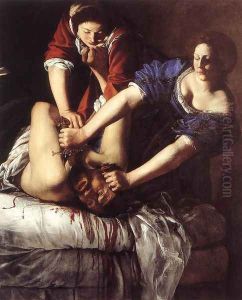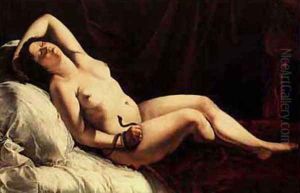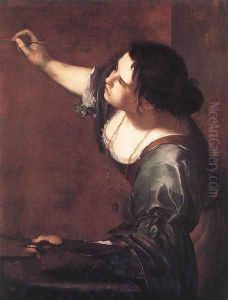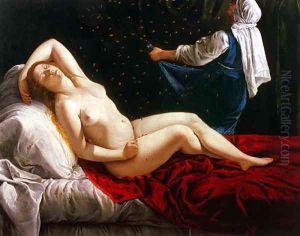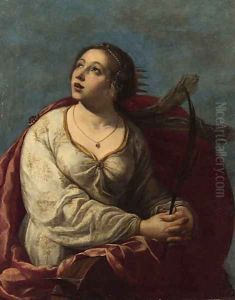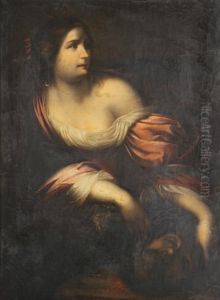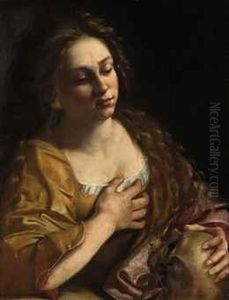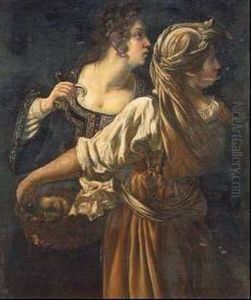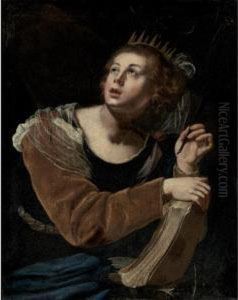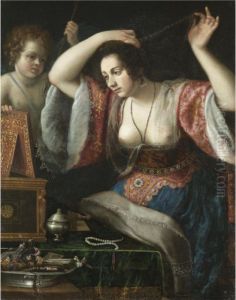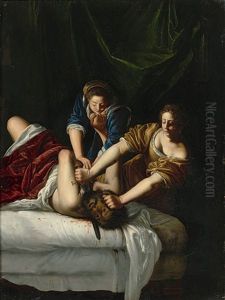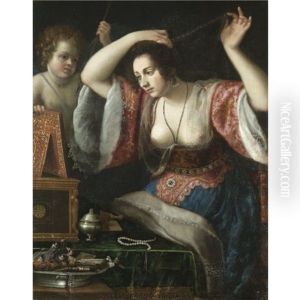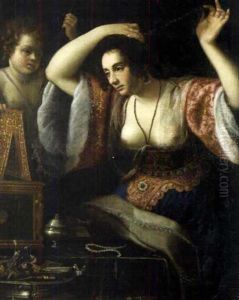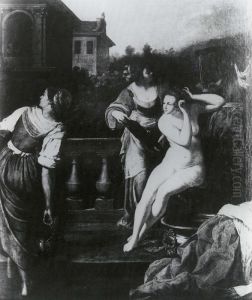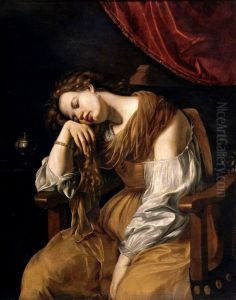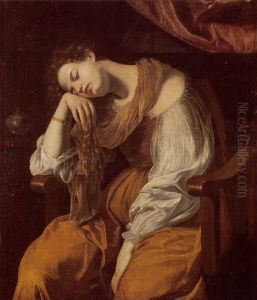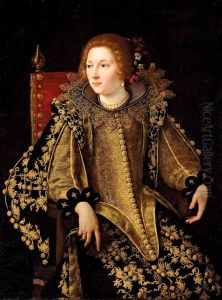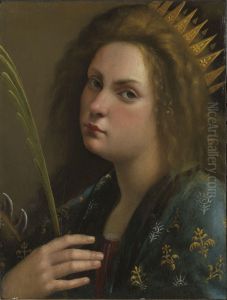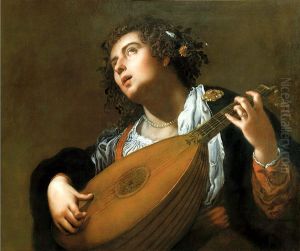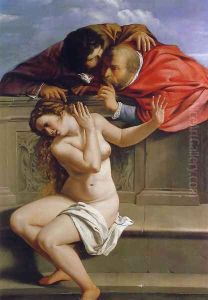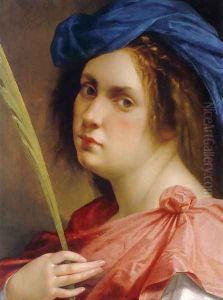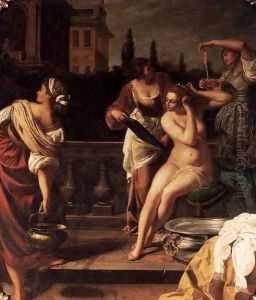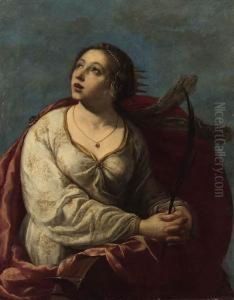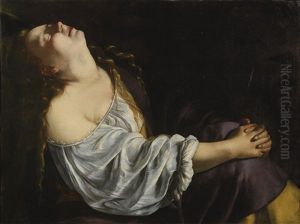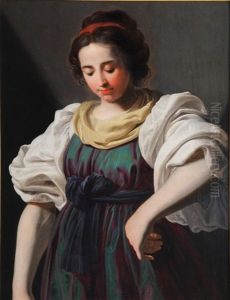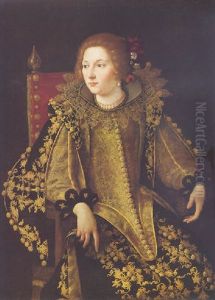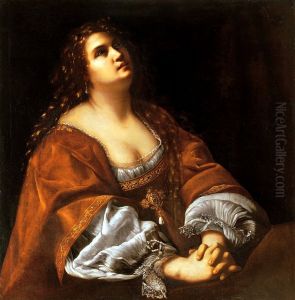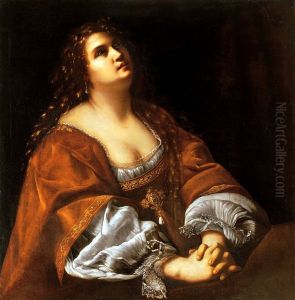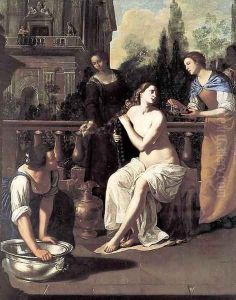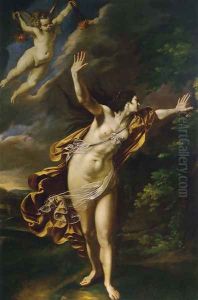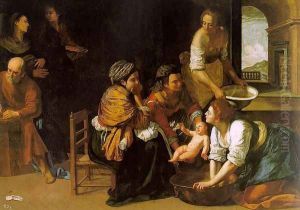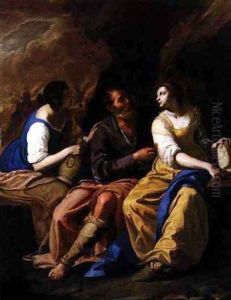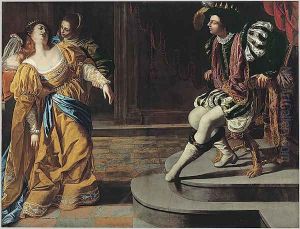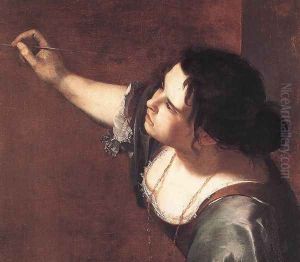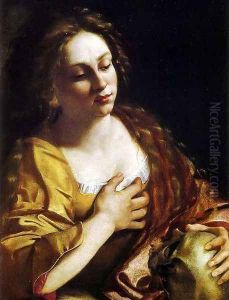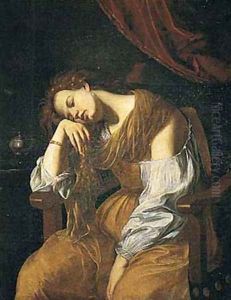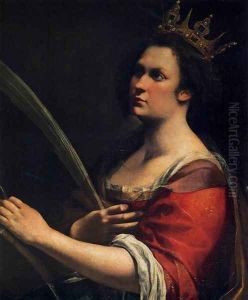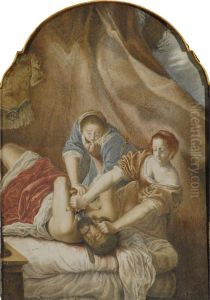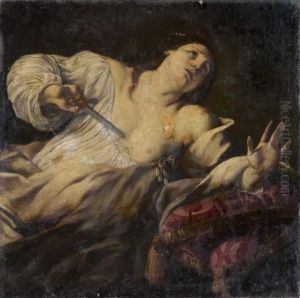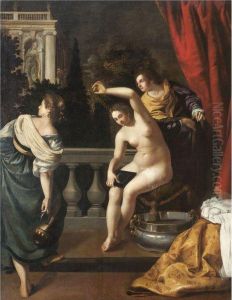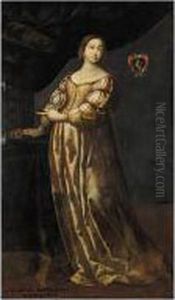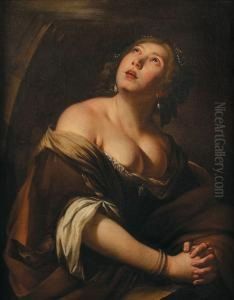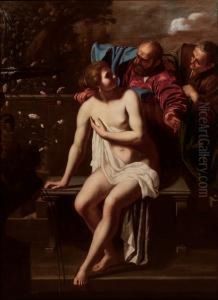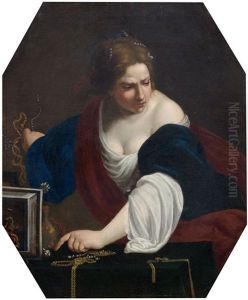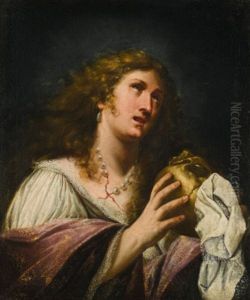Artemisia Gentileschi Paintings
Artemisia Gentileschi was a Baroque period painter, born on July 8, 1593, in Rome, Italy. She is widely regarded as one of the most progressive and expressionist painters of her generation. The eldest child of Tuscan painter Orazio Gentileschi, Artemisia was introduced to painting in her father's workshop, showing great talent from an early age.
Artemisia's life was marked by both personal trauma and professional triumph. In 1611, she was raped by the painter Agostino Tassi, her father's collaborator. The subsequent trial in 1612, during which Artemisia was subjected to a gynecological examination and torture to verify her testimony, was a highly publicized event that deeply affected her life and work. Despite the trauma, Artemisia continued to paint, and her works often feature strong and suffering women from myths and the Bible, such as Judith, Susanna, and Esther.
Her style is characterized by the dynamic use of chiaroscuro and a dramatic sense of storytelling, which is often attributed to the influence of Caravaggio, whose work she would have known well. She was also influenced by her father's style, though she quickly developed her own distinct approach, which was more naturalistic and emotionally resonant.
After the trial, Artemisia married Pierantonio Stiattesi and moved to Florence, where she gained significant recognition. She became the first woman to become a member of the Accademia delle Arti del Disegno in Florence. During her time in Florence, she painted some of her most famous works, including 'Judith Slaying Holofernes' (c. 1620), which is often heralded for its powerful depiction of female vengeance.
Artemisia Gentileschi had a fruitful career, with patrons including the Medici family and Charles I of England. She traveled extensively, living and working in various cities, including Rome, Florence, Venice, Naples, and even London, where she joined her father at the court of Charles I. Her work was highly sought after in her lifetime, and her influence extended across Europe.
Despite her success, Artemisia faced challenges as a female artist in a male-dominated field. Her works were sometimes attributed to her father or her male contemporaries. It was not until the late 20th century that her contributions to art history were reassessed, and she was recognized as a key figure in the Baroque movement.
Artemisia Gentileschi died in Naples, in 1653, leaving behind a legacy that has inspired countless artists and has come to symbolize the power and resilience of women in the arts. Today, her paintings are held in major collections worldwide, and her life story continues to be the subject of scholarly research, novels, and films.
